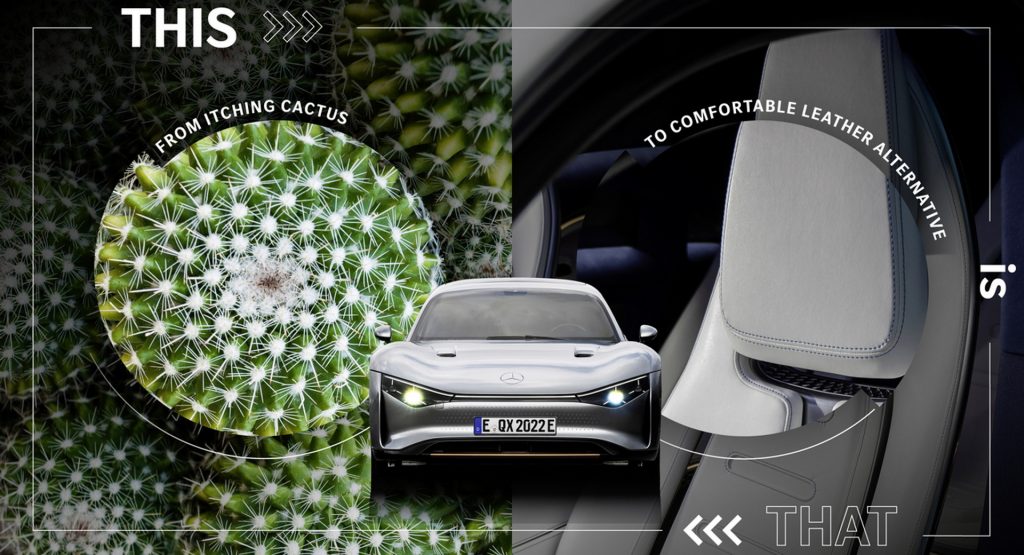Mercedes-Benz has outlined a number of the new processes and materials it is introducing into its vehicle lineup as part of its goal to have a CO2-neutral fleet of new passenger vehicles by 2039. As part of that ambition, its fleet will be made up of an average of 40 percent recycled materials.
“Our vision is to transform our entire value chain into as closed a loop as possible,” said Markus Schäfer, Mercedes’ chief technology officer. “Our series-production vehicles already contain a large number of recycled materials. Within the next ten years, we will increase the share of secondary raw materials in our passenger car fleet to an average of 40 percent.”
That will include a number of familiar things, like materials made out of fishing nets and PET bottles, but also the use of chemical recycling. The process allows used tires and otherwise difficult-to-recycle plastics to be broken down into their chemical components so that they can be produced into new materials.
Read Also: A Polestar Art Installation Led To The Creation Of A New “Green” Resin That Could Be Used For Cars
Mercedes is also exploring the use of UBQ, a material made of converted mixed household waste, and of a partially CO2-based foam. Known as polyol, the automotive-grade polyurethane foam could be used in rear seat cushions and up to 20 percent of it (by weight) is chemically bound carbon dioxide that would otherwise go into the atmosphere.
The automaker is also looking to use novel renewable materials such as carpets made from bamboo fibers and a silk-like material that is completely free of animal products. It is also working to reduce the consumption of CO2 in the production of the steel in its vehicles.
Working with Salzgitter Flachstahl GmbH, Mercedes is introducing steel made consuming 60 percent less carbon dioxide in initial applications in the current A-Class, the current E-Class, the new C-Class, and the EQE. The Mercedes-AMG SL’s structural castings, meanwhile, are made of die-cast alloys made from up to 100 percent recycled aluminum scrap, which reduces CO2 emissions by more than 90 percent, the automaker says.
Similarly, Mercedes is looking at leather alternatives made of powdered cactus fibers and fungal mycelia, which can help customers avoid the use of leather in their vehicles. If a customer does want leather, though, the automaker will start offering exclusively sustainably-sourced leather. To achieve that, Mercedes will look at everything from livestock breeding to tanning. It will only source leather from suppliers that comply with animal welfare rules and the supply chain must be free from any form of illegal deforestation. Tanning processes will also have to be free of chromium.
“Sustainability is the foundation of all Mercedes-Benz research and development activities,” said Schafer. “Our goal is to be the technology leader in environmental engineering by achieving more with less. To this end, we are accelerating our innovation speed and bringing new, sustainable technologies into series production as quickly as possible.”










